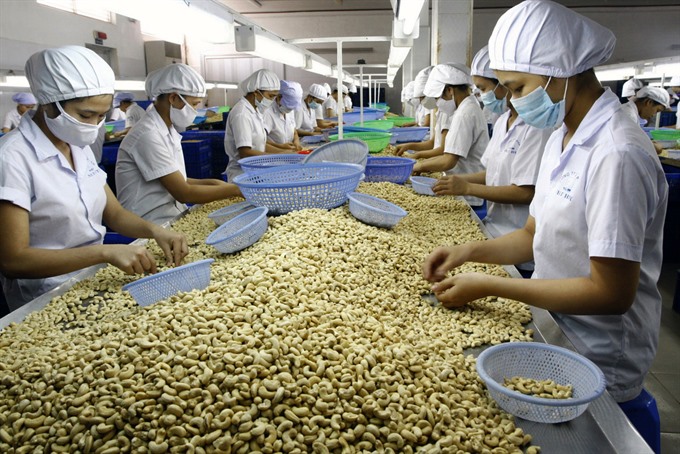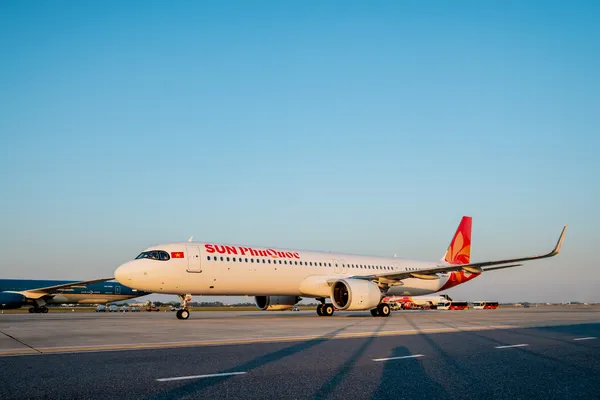.jpg) Society
Society

Việt Nam targets a GDP growth rate for agriculture at 3 per cent per year by 2020 following an agricultural restructure plan that has been approved by Prime Minister Nguyễn Xuân Phúc.
 |
| Workers processing cashew nuts for export at Nhật Huy Joint Stock Company in southern Bình Dương Province. Under a new agricultural restructure plan, cashew nut is among a group of key national agricultural products. - VNA/VNS Photo Đình Huệ |
HÀ NỘI — Việt Nam targets a GDP growth rate for agriculture at 3 per cent per year by 2020 following an agricultural restructure plan that has been approved by Prime Minister Nguyễn Xuân Phúc.
Under the plan, set during the 2017-20 period, the annual average income of farmers will increase at least 1.8 times by 2020, in comparison to that of 2015.
The average labour productivity is expected to expand 3.5 per cent per year and the rate of workers in agriculture who receive training is expected to rise to 22 per cent.
Fifty per cent of communes are hoped to become new rural areas, while 15,000 cooperatives and unions of agricultural cooperatives are estimated to be operational. The plan also targets to provide most residents in rural areas with access to hygienic water.
The restructure plan will classify agricultural products into three main groups, including the group of key national products, the group of key provincial products and the group of local specialities.
The group of key national products includes pork, poultry meat and products that have an export turnover above US$1 billion such as rice, vegetables and fruits, rubber, cashew nuts, wood and fisheries.
The focus will be on reviewing related plans and strategies, building large-scale and concentrated production zones and applying advanced science and technology for this group of products.
The group of key provincial products will be selected based on market demand and advantages of each locality. Polices and measures will be developed to help expand scale and competitiveness for these products.
Local specialities will have specific geographic indications and will be developed together with the development of new-style rural areas.
In cultivation, the country will shift to growing crops adaptive to climate change and suited to each region, develop concentrated and large-scale production areas, adopt chain production for national key products and encourage the development of clean and organic agriculture.
The plan also calls for more application of science and technology in the sector to create high-quality varieties, adopting intensive farming, reducing the use of pesticides, replacing ineffective rice cultivation land to grow other crops and promoting aquatic breeding.
The country will also develop household livestock, organic and ecological animal husbandry, and value production chains, in addition to building brands, reorganising the slaughtering system to ensure food safety, hygiene and environmental protection, inspecting and controlling diseases effectively and tightening the examination of the use of veterinary drugs and additives in the field. The livestock industry aims for an annual production growth of 4.5-5 per cent.
Meanwhile, the seafood sector will promote offshore fishing and invest in modernising processing equipment and storage on board to reduce losses, with a growth of 4.5-5 per cent per year expected. — VNS

.jpg)


